THINGS YOU MIGHT NOT KNOW ABOUT MEXICAN FOOD
Added on: 1st Sep 2016
MEXICAN CUISINE IS MORE ANCIENT THAN YOU
MIGHT THINK; MANY OF MEXICO’S MORE TRADITIONAL
RECIPES HAIL STRAIGHT FROM THE AZTECS
AND MAYANS
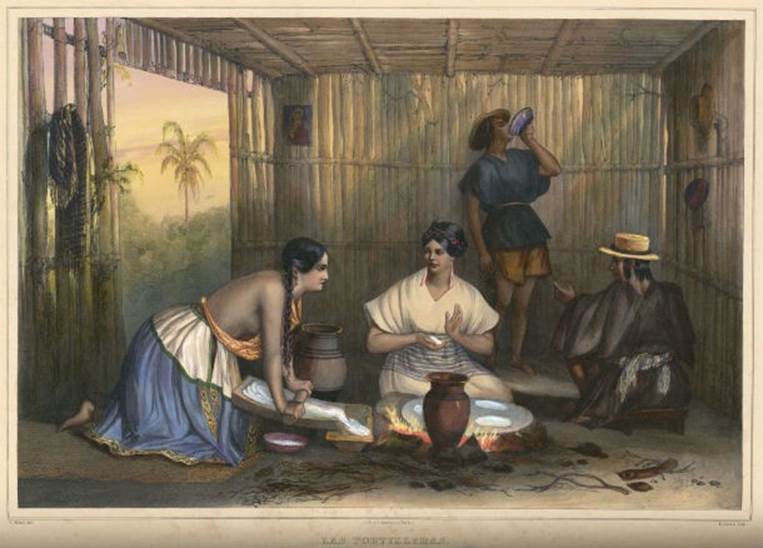
HOWEVER, IT IS THE SPANIARDS WHO INFLUENCED
MEXICAN FOOD AS WE KNOW IT TODAY. THE
TRADITIONAL MEXICAN FOODS (INHERITED FROM
MAYAN AND AZTEC RECIPES) WERE CHANGED
AS THE SPANISH COLONIZED MEXICO, BRINGING
THEIR OWN COOKING IDEAS, METHODS
AND INGREDIENTS
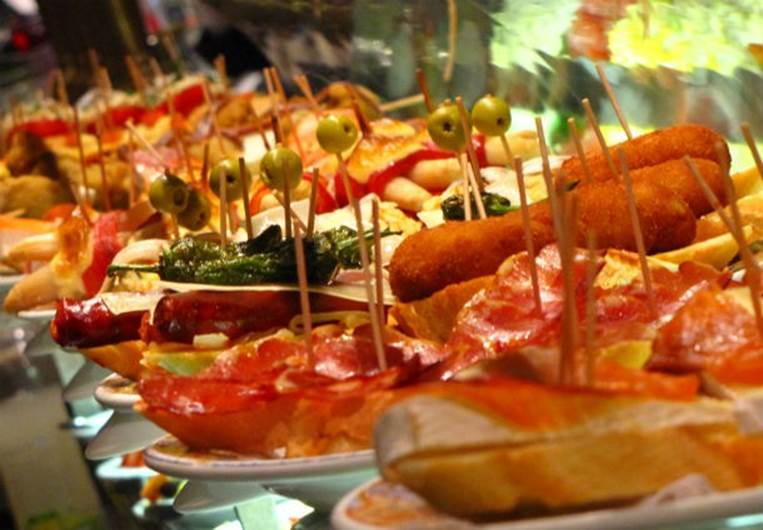
IN THE 1520’S, THE SPANIARDS IMPORTED TO
MEXICO PLANTS AND ANIMALS THAT NO
MEXICAN HAD EVER SEEN. THESE INCLUDED
HORSES, CATTLE, PIGS, SHEEP, GOATS AND
CHICKENS. AMONG THE CONDIMENTS THAT
WERE INTRODUCED WERE OLIVE OIL, CINNAMON,
PARSLEY, CORIANDER, OREGANO, AND BLACK
PEPPER. THE SPANIARDS ALSO INTRODUCED NUTS
AND GRAINS SUCH AS ALMONDS, RICE, WHEAT
AND BARLEY; AND FRUIT AND VEGETABLES
INCLUDING APPLES, ORANGES, GRAPES, LETTUCE,
CARROTS, CAULIFLOWER, POTATOES (BROUGHT
FROM PERU), AND SUGARCANE (FROM WHENCE
COMES SUGAR)
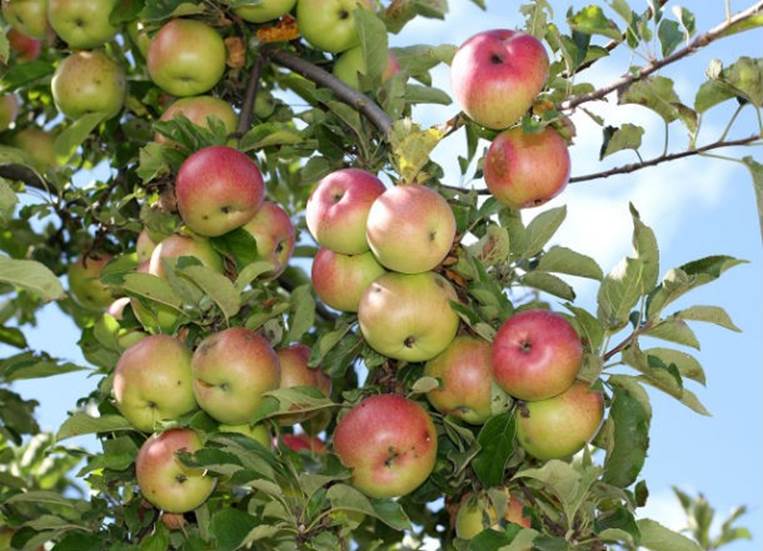
TRADITIONAL MEXICAN FOOD USES ALL PARTS OF
THE COW INCLUDING THE UDDER, STOMACH, TONGUE,
EVEN THE UTERUS AND TESTICLES
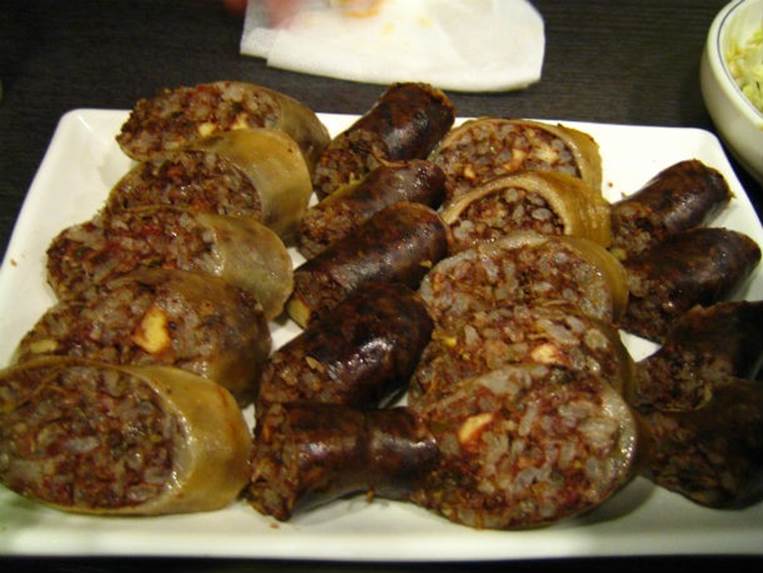
MEXICAN CUISINE IS ALSO FAMOUS FOR ITS VARIETY
OF FRESH JUICES. THE ABUNDANCE OF TROPICAL
AND EXOTIC FRUITS PROVIDES THE BASE FOR
ICE-COLD DRINKS SOLD AT ROADSIDE STANDS
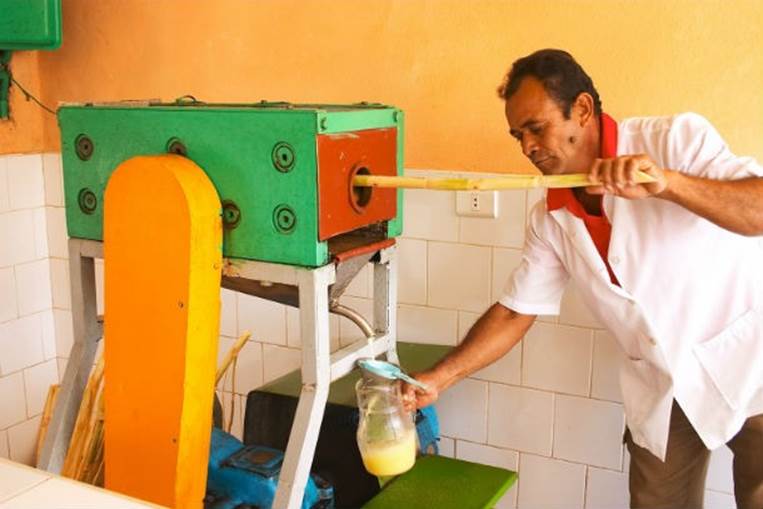
TORTILLAS ARE THE STAPLE FOOD OF MEXICO. THEY
ARE MADE OF CORN OR FLOUR, AND THE PREFERRED
VARIETY DIFFERS FROM ONE PART OF THE COUNTRY
TO ANOTHER. TORTILLAS ARE USED IN MANY
DISHES AND CAN BE SOFT OR CRUNCHY
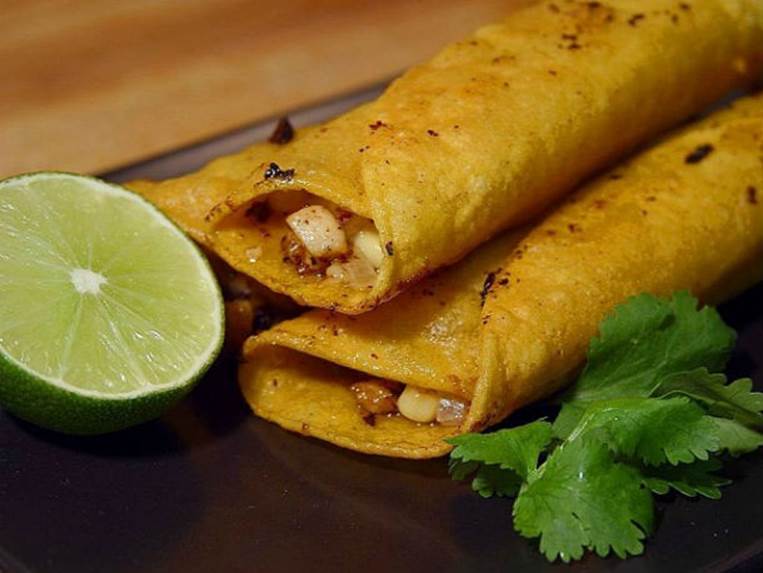
TEQUILA IS MEXICO’S MOST FAMOUS DRINK BY FAR.
IT IS MADE FROM THE AGAVE PLANT AND MUCH OF
IT IS PRODUCED IN THE MEXICAN CITY OF
THE SAME NAME
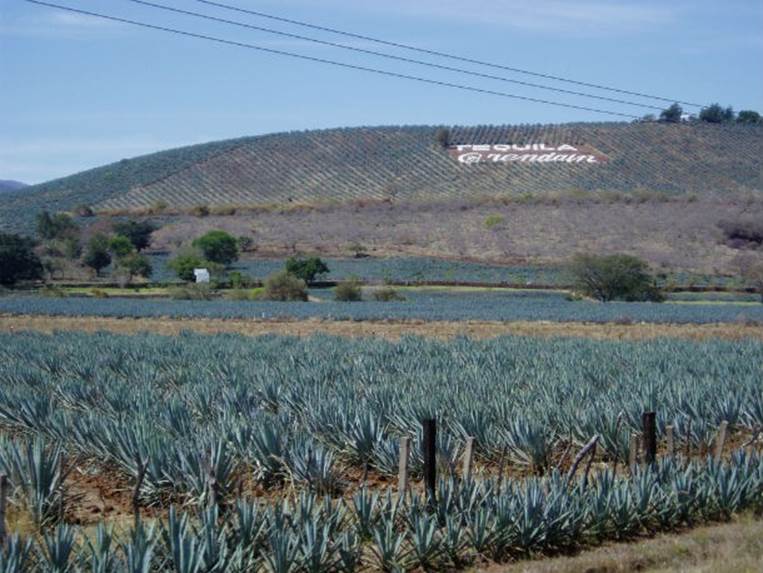
BETWEEN 1864 AND 1867, MEXICO WAS RULED BY
THE FORMER AUSTRIAN ARCHDUKE FERDINAND
MAXIMILIAN, WHO WAS KEPT IN POWER BY FRENCH
TROOPS. THOUGH MAXIMILIAN’S REIGN WAS BRIEF
AND TRAGIC, FRENCH COOKING LEFT ITS MARK
ON MANY MEXICAN-STYLE DISHES. FRENCH-INSPIRED
MEXICAN DISHES INCLUDE CHILES EN NOGADA
(STUFFED CHILIES IN WALNUT SAUCE) AND CONEJO
EN MOSTAZA (RABBIT IN MUSTARD SAUCE)

DURING COLONIAL TIMES, EXPERIMENTALLY MINDED
SPANISH WOMEN AND MEMBERS OF SPANISH
RELIGIOUS ORDERS INVENTED MUCH OF TODAY’S
MORE SOPHISTICATED MEXICAN GASTRONOMY.
NUNS PIONEERED SUCH TRADITIONAL MEXICAN FARE
AS THE CANDY CALLED CAJETA, FRITTER-LIKE
BUÑUELOS, AND THE EGG-BASED LIQUEUR ROMPOPE
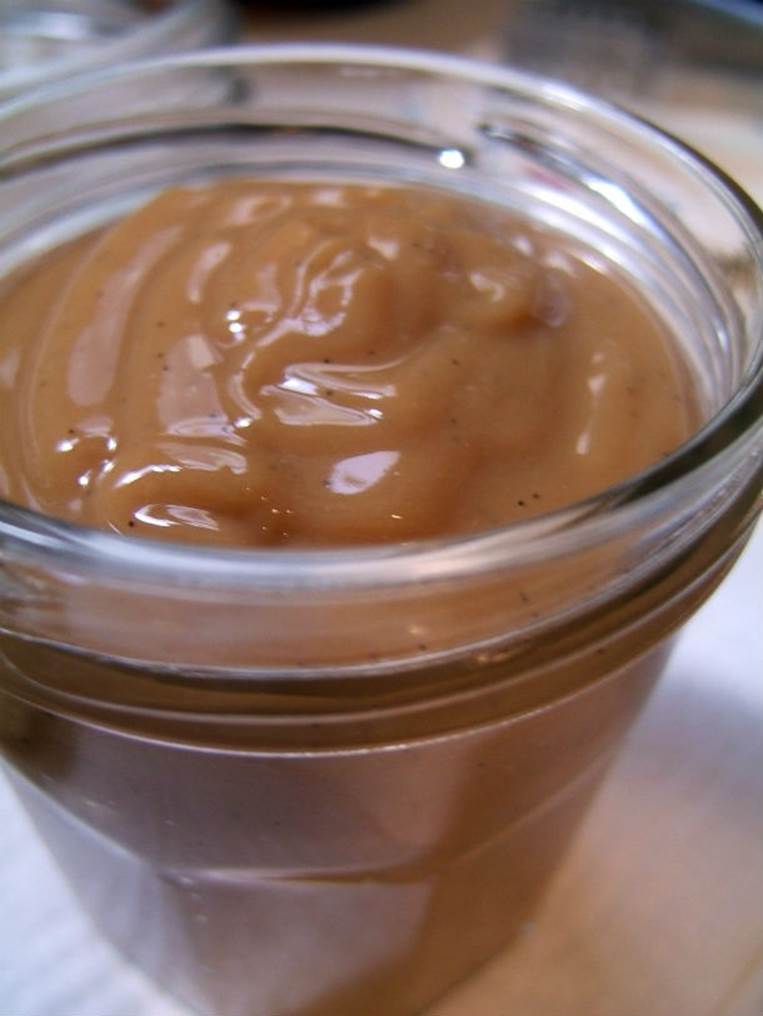

Comment on this